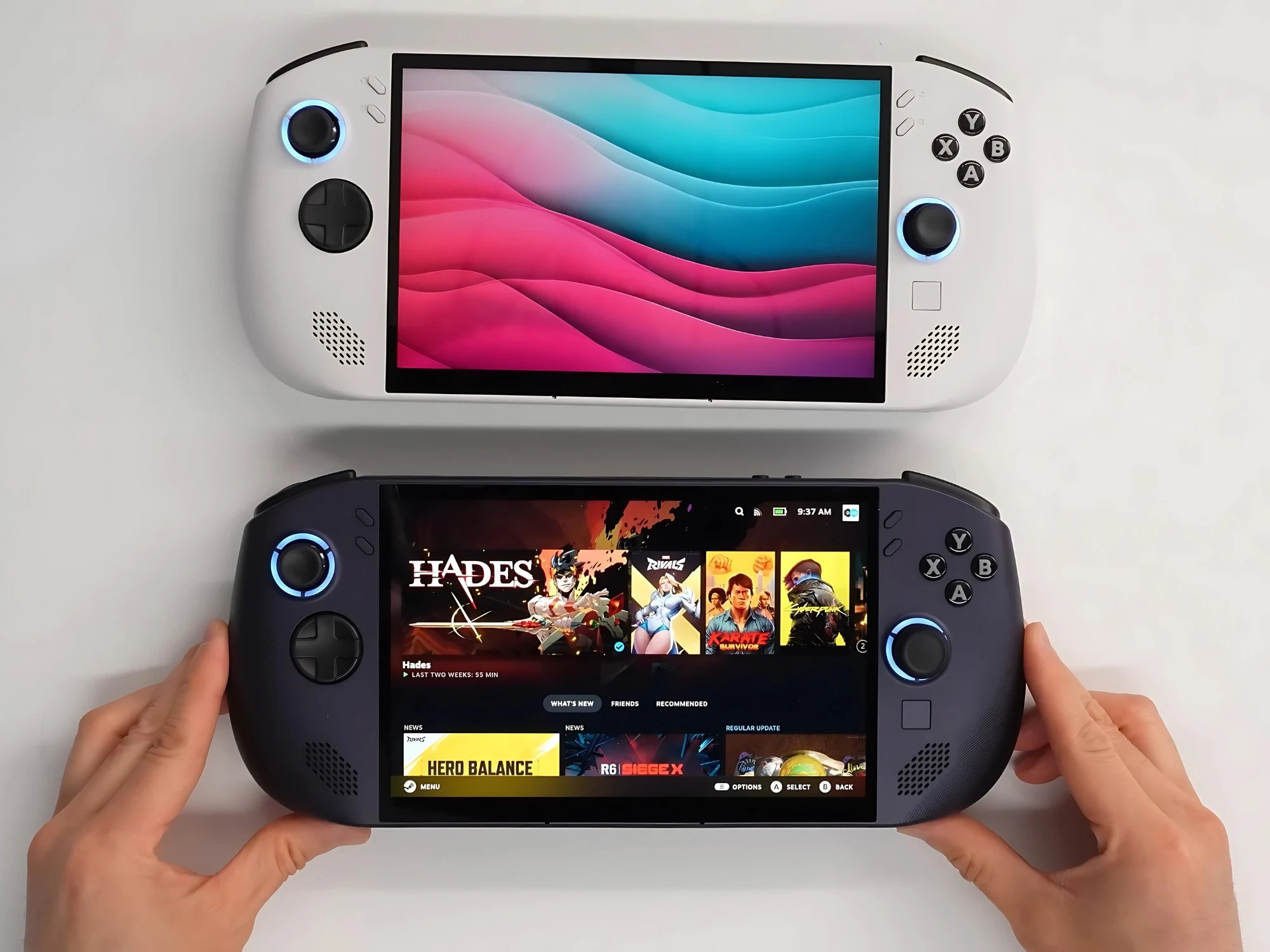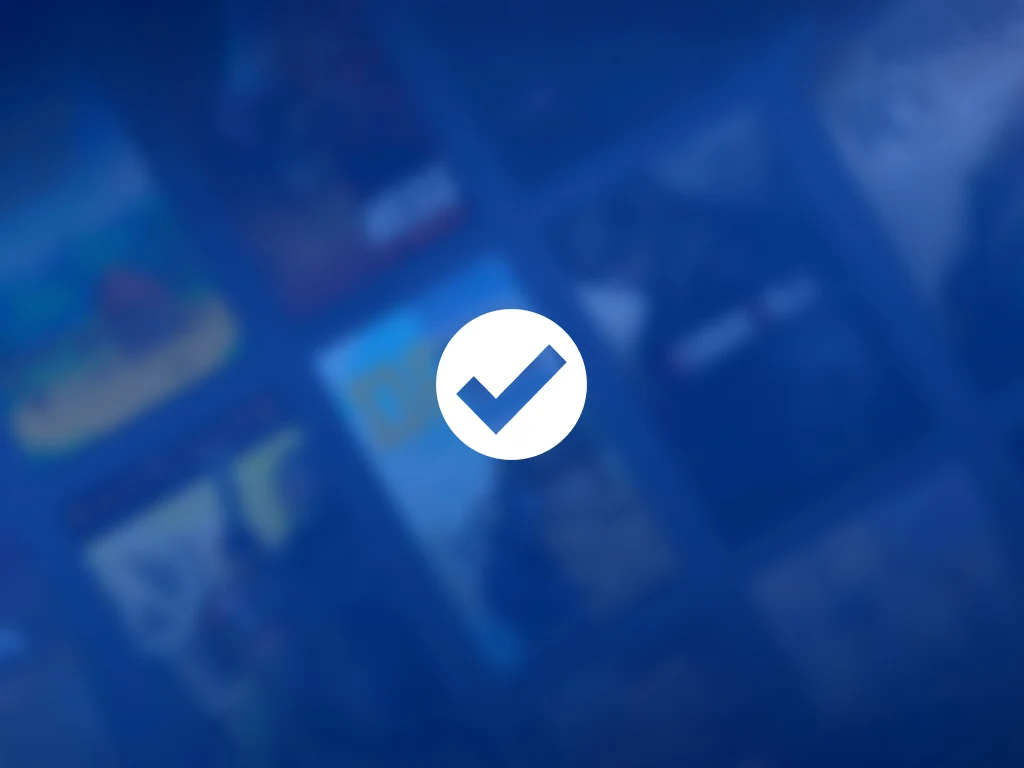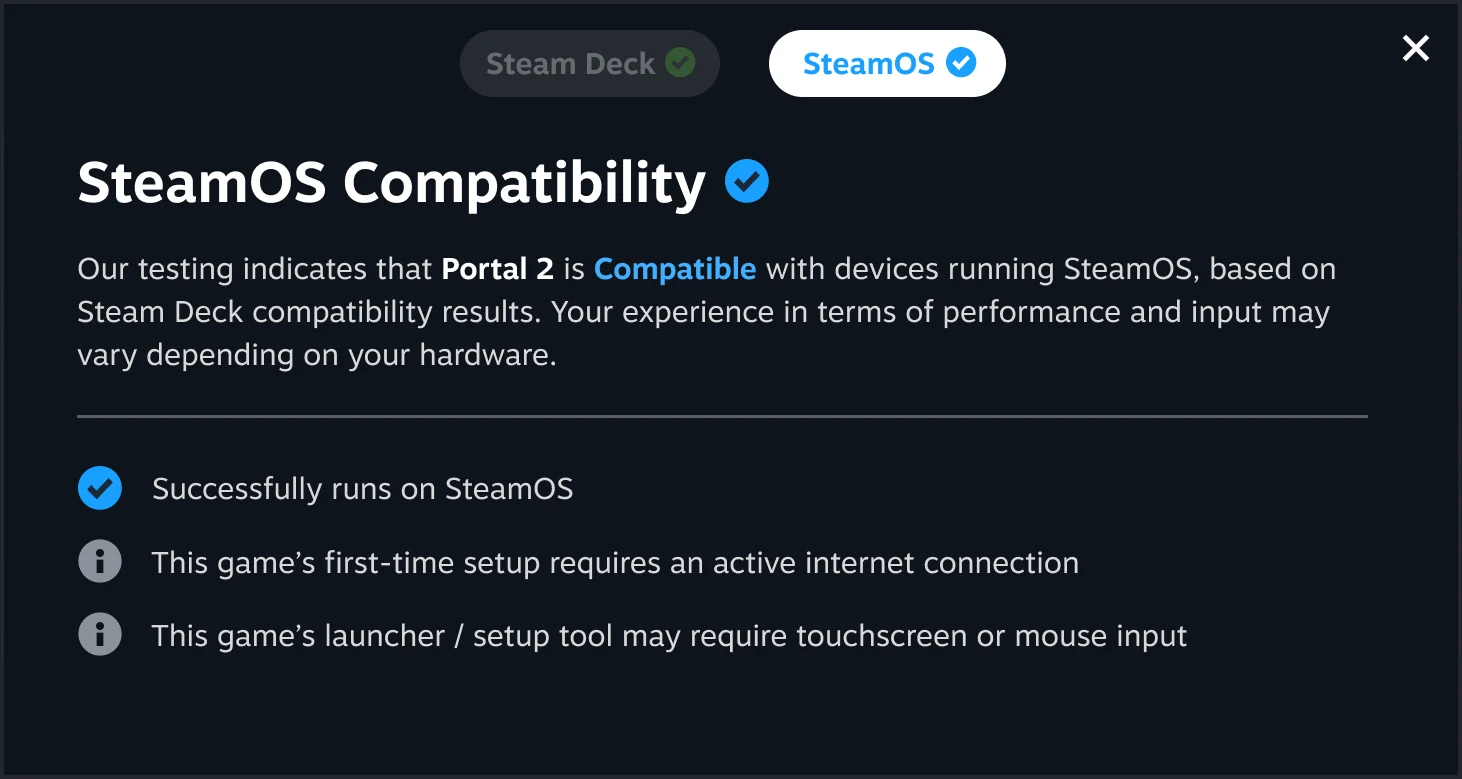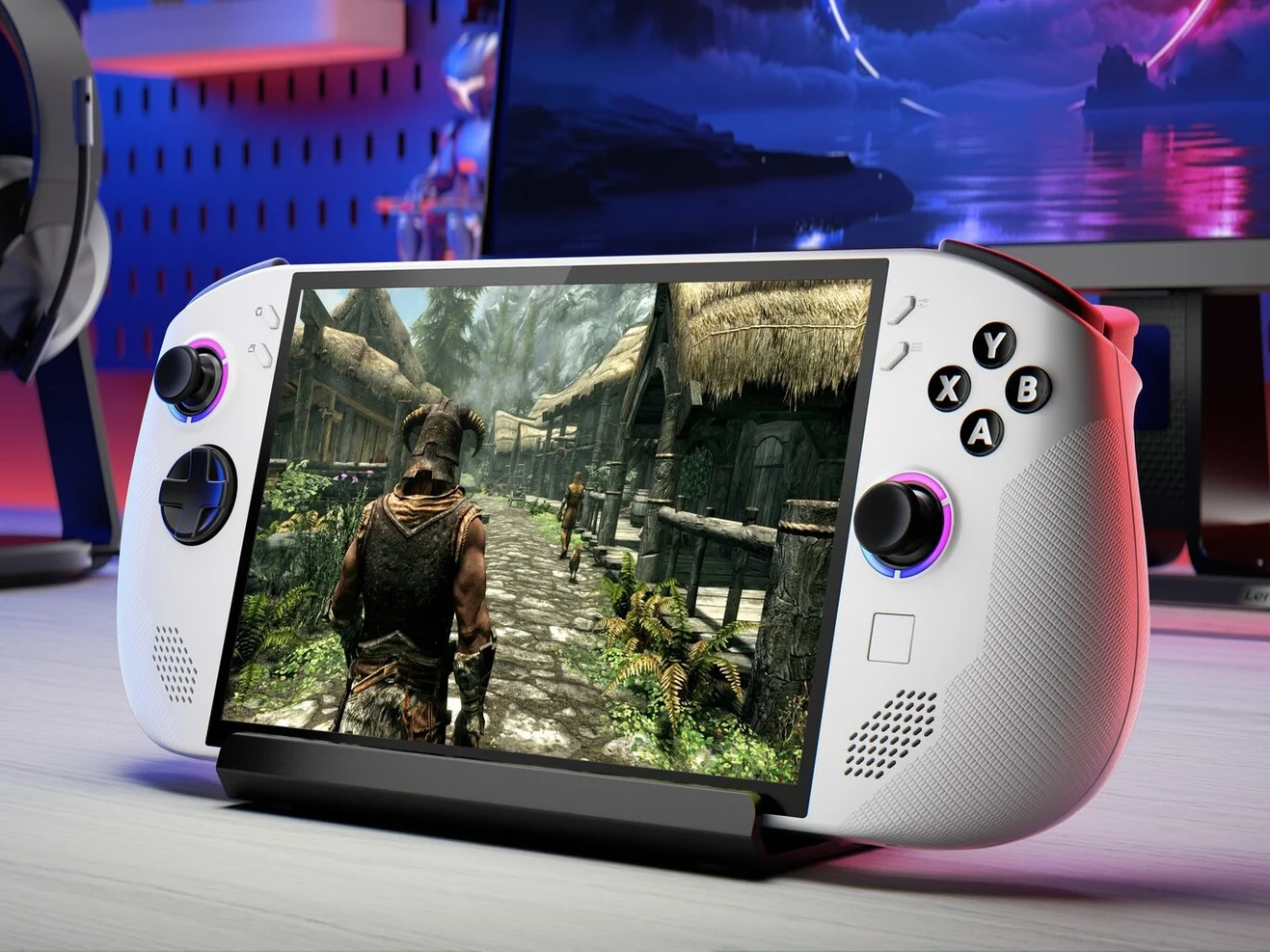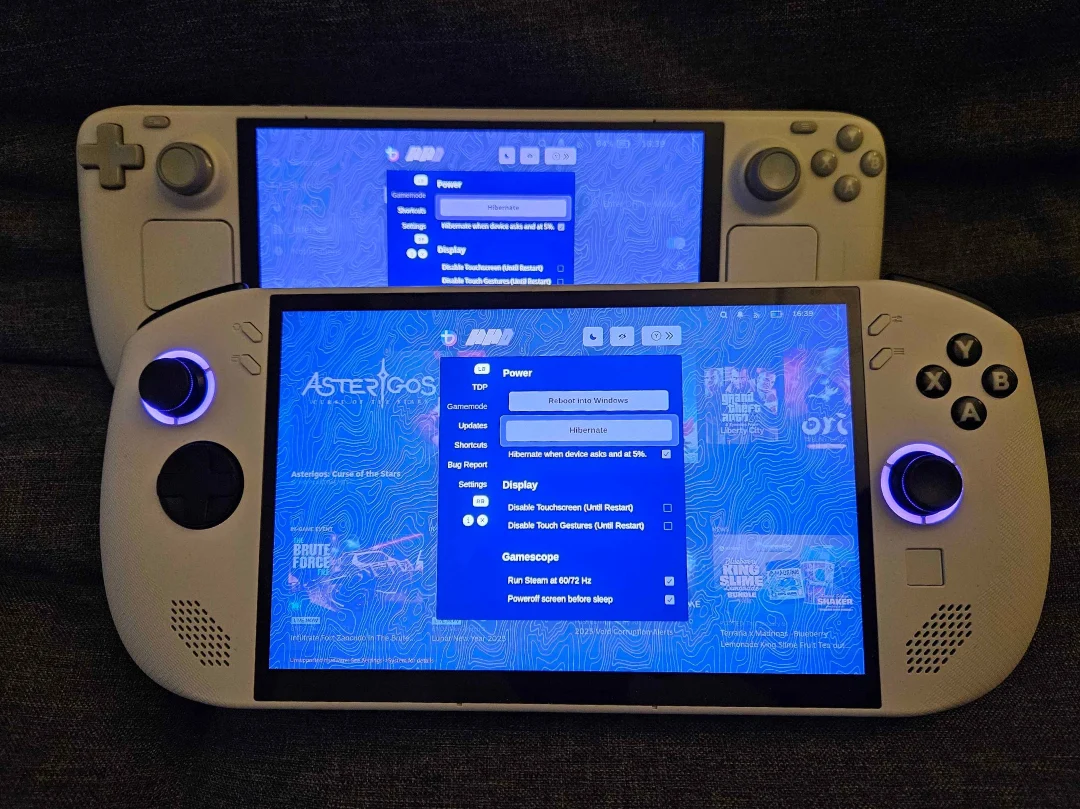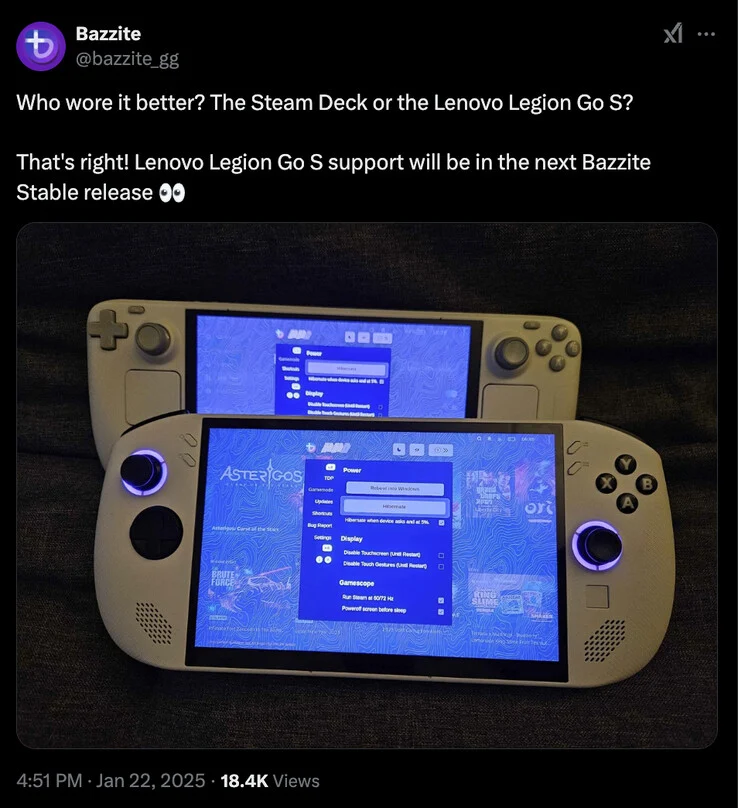Key Takeaways
1. The Lenovo Legion Go S shows improved performance and battery life when using SteamOS compared to Windows.
2. There are rumors of a new Xbox handheld, Project Kennan, but it may still face the same issues as Windows-based devices.
3. The SteamOS version of the Legion Go S is more user-friendly and costs $599.99, while the Windows version is $729.99.
4. Microsoft may consider using Arm-based processors for future Xbox consoles, although AMD Ryzen is currently favored.
5. Many gamers hope for better software tailored for mobile devices from Microsoft, similar to the benefits of SteamOS.
The Lenovo Legion Go S featuring SteamOS is now available for purchase from various retailers. Meanwhile, Valve has made its operating system accessible for installation on handheld devices that are not Steam Decks. Recently, Dave2D conducted benchmarks comparing the Legion Go S operating on both Windows and SteamOS. The findings reveal why some gamers hope that a new Xbox handheld console would move away from Microsoft’s software.
Performance Improvements
It’s no surprise that the Legion Go S gains from a more streamlined operating system. However, Dave2D highlighted just how significant the difference is with SteamOS. Frame rates showed a clear improvement in popular games like Cyberpunk 2077, Doom Eternal, and The Witcher 3. Additionally, battery life on the Lenovo handheld was significantly better when using SteamOS compared to Windows. In some scenarios, the Legion Go S could last over twice as long on a single charge compared to its Windows version.
Future Xbox Handheld Speculations
There are rumors suggesting that Microsoft is teaming up with Asus to create a Windows-based Xbox handheld. This Project Kennan might include a tailored user interface to simplify navigation. However, it would still encounter the same drawbacks as the Legion Go S running Windows. Even if bloatware were removed, it likely wouldn’t provide the same benefits that SteamOS does.
Usability and Pricing Differences
With both Legion Go S handheld consoles sharing the same hardware, the differences in usability became apparent. Dave2D pointed out the SteamOS version’s reliability in waking up and maintaining sleep mode. In contrast, the Windows version is priced at $729.99 without any discounts, while the SteamOS version costs $599.99. Although the pricier option offers double the memory, the Windows license adds to the overall expense of these handhelds.
Potential Processor Changes
A recent job posting suggested that Microsoft might consider using an Arm-based processor for upcoming Xbox consoles. Jez Corden from Windows Central dismissed this notion, but such a chip could lead to better performance efficiency. For the moment, it appears that the company is leaning more towards utilizing AMD Ryzen processors. There are also whispers regarding a potential low-power alternative.
It’s unlikely that Microsoft would ever adopt SteamOS, but many gamers wish the company would create more software suited for mobile devices.
Source:
Link



